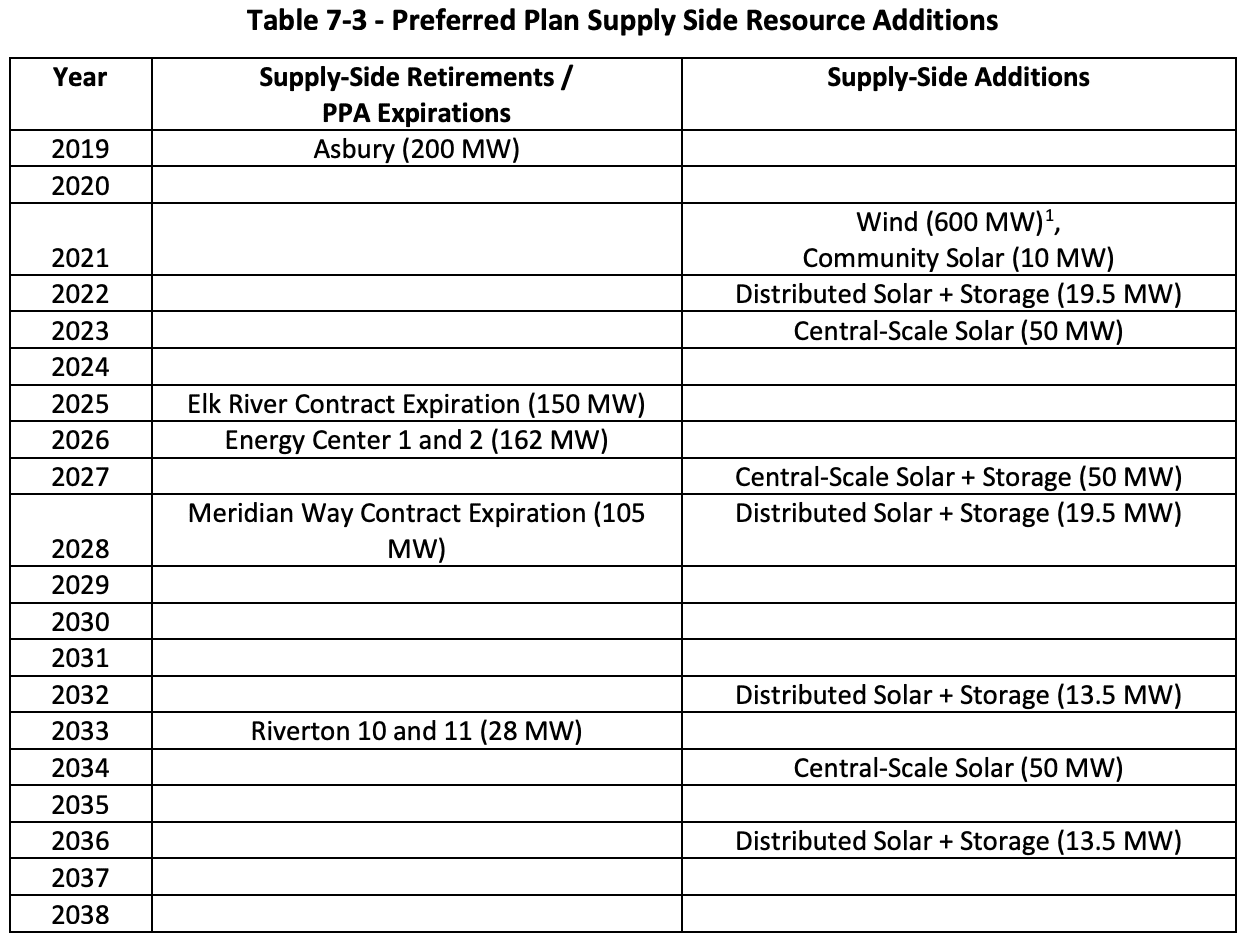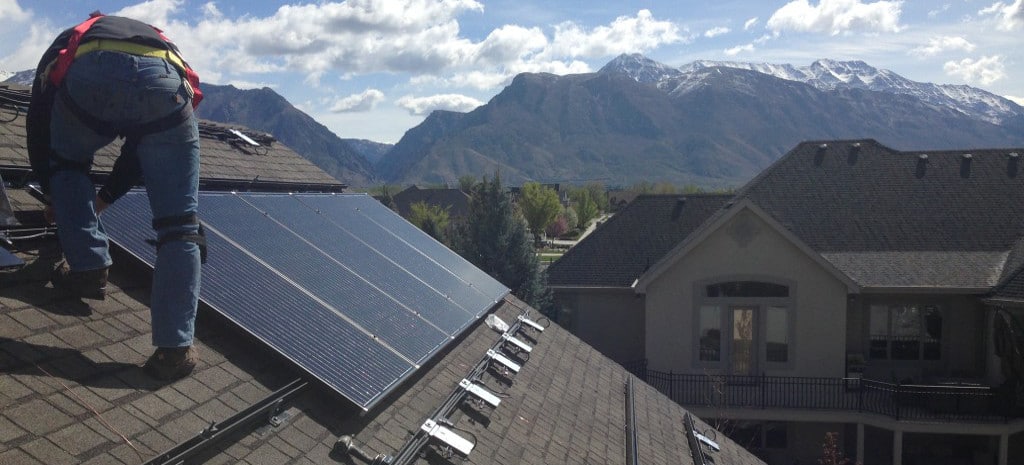When we think about the energy transition in its most radical forms, we don’t typically think of middle America. The mind immediately wanders west to California and Hawaii, where renewable penetration grows by the day – and quickly.
We interrupt this Hollywood dream of a world powered by renewable energy to take a road trip east, to Joplin Missouri, home to the headquarters of Empire District Electric Co., the state’s smallest investor-owned utility.
However, what the utility lacks in size, it makes up for in a commitment to bring renewable energy to its roughly 173,000 customers. This is reflected in the company’s newly-proposed integrated resource plan (IRP).
The new plan is a product of an ownership change, as Empire was purchased in 2017 by Liberty Utilities, a subsidiary of Canada’s Algonquin Power & Utilities. Prior to that purchase, the company’s 2016 IRP saw very little renewable development, outside of 100 MW of wind power to be added by 2029.
Two years later and the company has done a complete 180. Right off the bat, the preferred course of action in the proposed resource plan calls for the immediate retirement of the 200 MW Asbury coal-fired power plant. This expectedly received heavy local opposition and has since been scrapped, but the radical intent of the plan keeps on.

By 2023, Empire plans to add it its generation portfolio nearly 700 MW of renewables, with 600 MW of wind leading the way. This is a ton of development for pretty much any utility, and for one serving just 173,000 customers, it’s enough to meet demand multiple times over, even if every single customer had a business or small factory, which they do not.
And since we’re talking about a utility here, special recognition should be given to the plan’s support for distributed solar. Of the 80 MW of solar planned, 30 come from planned community and distributed solar + storage initiatives.
Going back to the overall plan, what we have here is a utility that is actively decarbonizing its neighbors. This is especially important considering their neighbors are in Kansas, Arkansas and Oklahoma. While there is a fair amount of wind development in Oklahoma and Kansas, solar is another, mostly unwritten story.
However that story will not remain incomplete for long, as the development does not end after 2023. From 2024-36, the utility plans to add another 147 MW of solar, with 47 MW of that amount coming from distributed sources. This could potentially be the most interesting part of the plan. Of the 227 MW of solar outlined in the plan, 77 MW will come from non-utility scale sources.
This is huge. More than 1/3 of the anticipated solar generation added will be coming from distributed and community resources. While the size of the utility makes this easier to rationalize, it’s still unparalleled by any utility pv magazine knows of on a per capita scale.
Hats off to Empire District Electric Co. for recognizing that the energy revolution is coming and embracing that future.
This content is protected by copyright and may not be reused. If you want to cooperate with us and would like to reuse some of our content, please contact: editors@pv-magazine.com.









Most utility entity think of their assets and amortization in the term of maybe 30 or 40 years. It has been proven around the World at one point or another that energy storage can be amortized in 5 years or less. Solar PV can be amortized in 7 to 10 years and wind farms perhaps in the 10 year range. Is the new utility business model going to look forward to a one or two decade project, with the ‘next’ decades online as pure profit? Will the short term payoff create a business model that under CIP allows constant upgrade of the asset where the technology carries the generation/energy storage asset on in perpetuity?
Joplin was devastated by an EF5-rated tornado just 8 yrs ago killing 158 souls. Sounds like they are not just coming back but are using the passing lane now. Yup, Props to Joplin, Mo.
Saying they are committed to renewable energy and actually being committed are 2 totally different things. We had solar installed on our property and have been waiting for Liberty Utilities to approve our system and install our new meter. We were duped by Sun Solar into believing that the whole process would take no longer than 90 days but Liberty is telling us that it could be much longer as they are “short staffed” in their solar department. Basically we are screwed and are sitting here everyday looking at our very expensive solar system which is doing nothing for us except costing us money. Buyer beware!